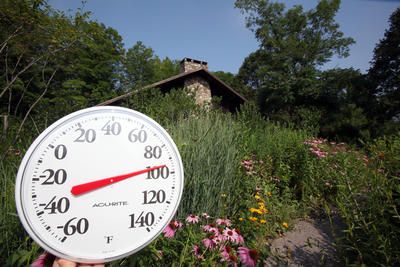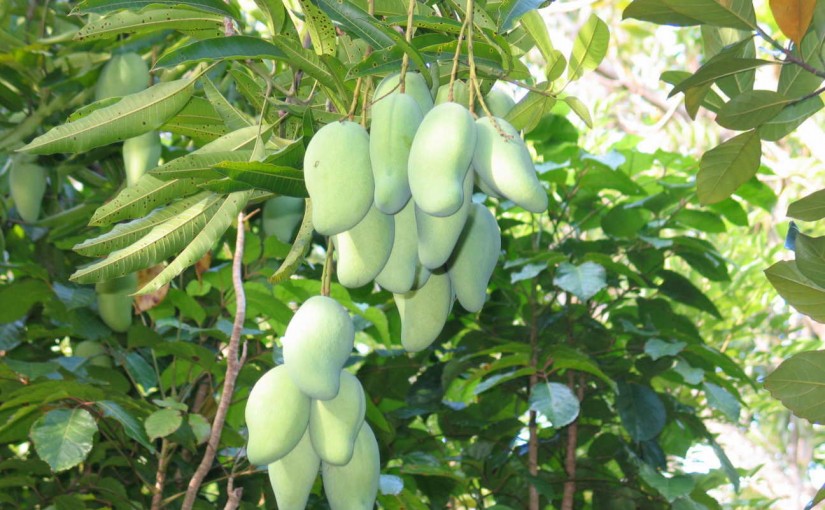Gardens are usually visually appealing and atmospherically dynamic when tended to with love and guided intention. Most gardeners develop their green thumbs in order to create a personalized space that can be used as a sanctuary. One way to add another dynamic element to your environment is attracting birds and butterflies to you garden. Birds of all types, especially humming birds, will be attracted to your garden if a few simple steps are taken.
Attracting birds to your garden can be done in several fashions, depending on what kinds of birds you are hoping to attract.
Hummingbirds: Placing feeders filled with nectar and sugar water is a well known method for attracting these fascinating birds into your garden realm. One lesser known tidbit is that 60% of the diet of hummingbirds consists of insects. Spraying insecticide in your garden may actually be keeping hummingbirds away from your garden.
Quail, Doves, Sparrows: These are all seed loving birds, so growing plants that produce the kinds of seeds they prefer will naturally attract these birds. Sunflowers, globe mallow, desert marigolds, ironwood, brittlebush Palo Verde, barberry, desert hackberry, Mexican elderberry and pyracantha are all great choices for this. Birds enjoy moving water as well, so any form of water feature will raise the frequency of the visits you’ll receive from your feathered friends.
Butterflies: These majestic creatures are attracted to plants like butterfly brush, desert bloom, desert milkweed, verbena, desert senna, fairy duster, lavender, citrus, privet, chocolate flower and butterfly weed. Planting one or more of these plants will ensure you are visited in your sanctuary on a regular basis by butterflies.
Attracting these beautiful creatures to your garden will not only add life to your garden in a very literal sense, it will help keep pests from populating as birds prey on many would-be invaders. Keeping your garden both beautiful and healthy can be accomplished by recruiting some of nature’s more than willing helpers.




